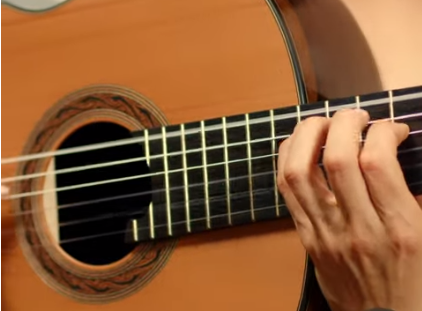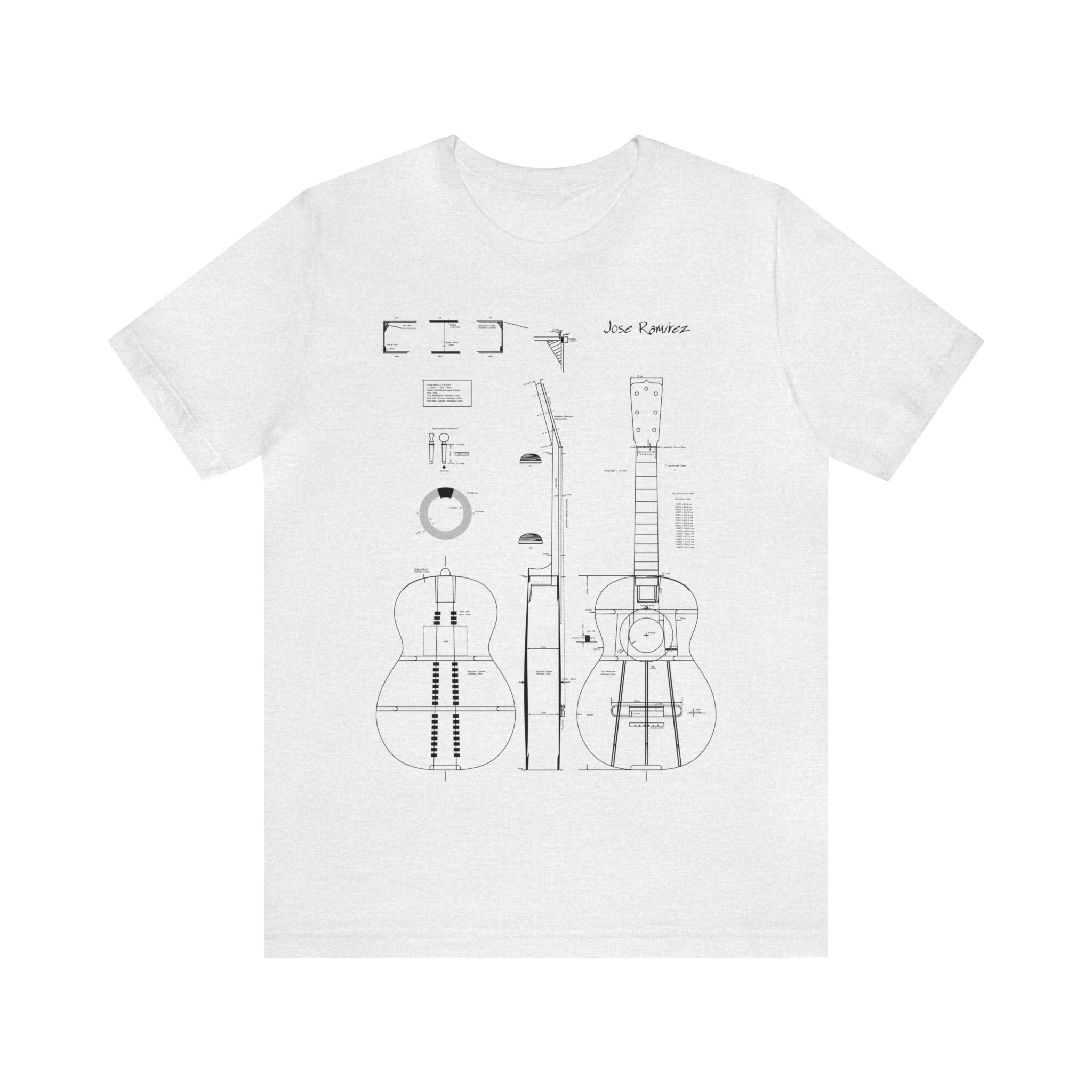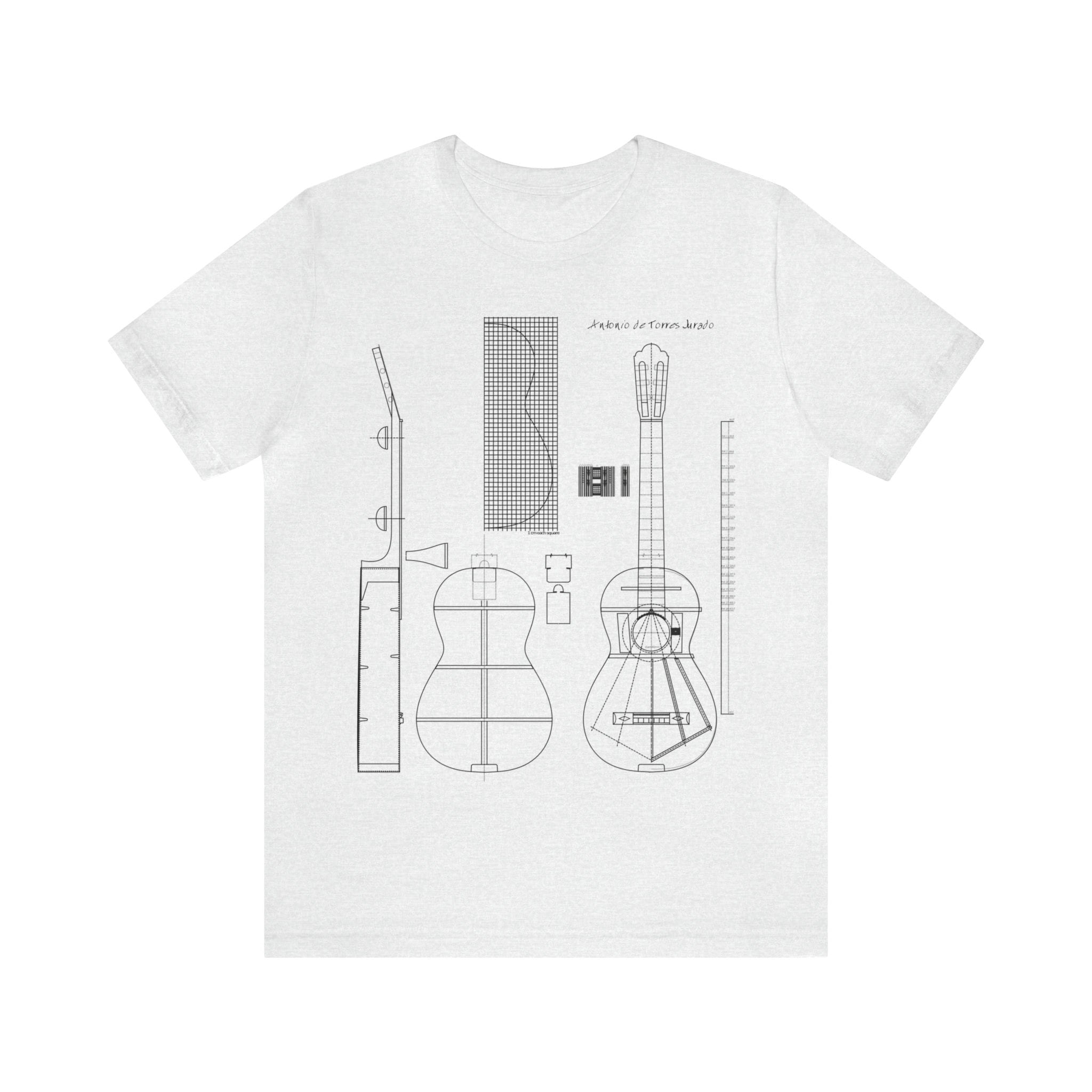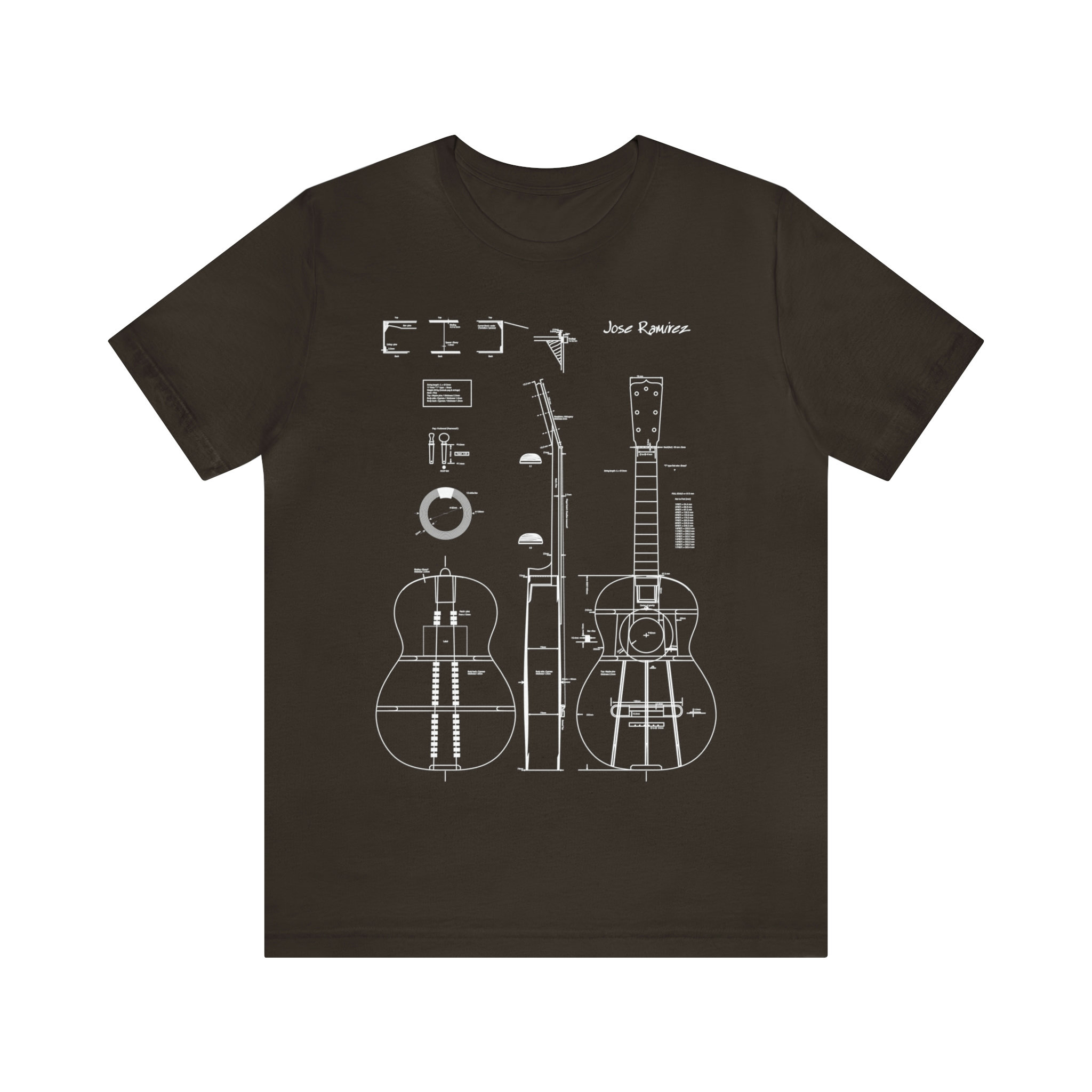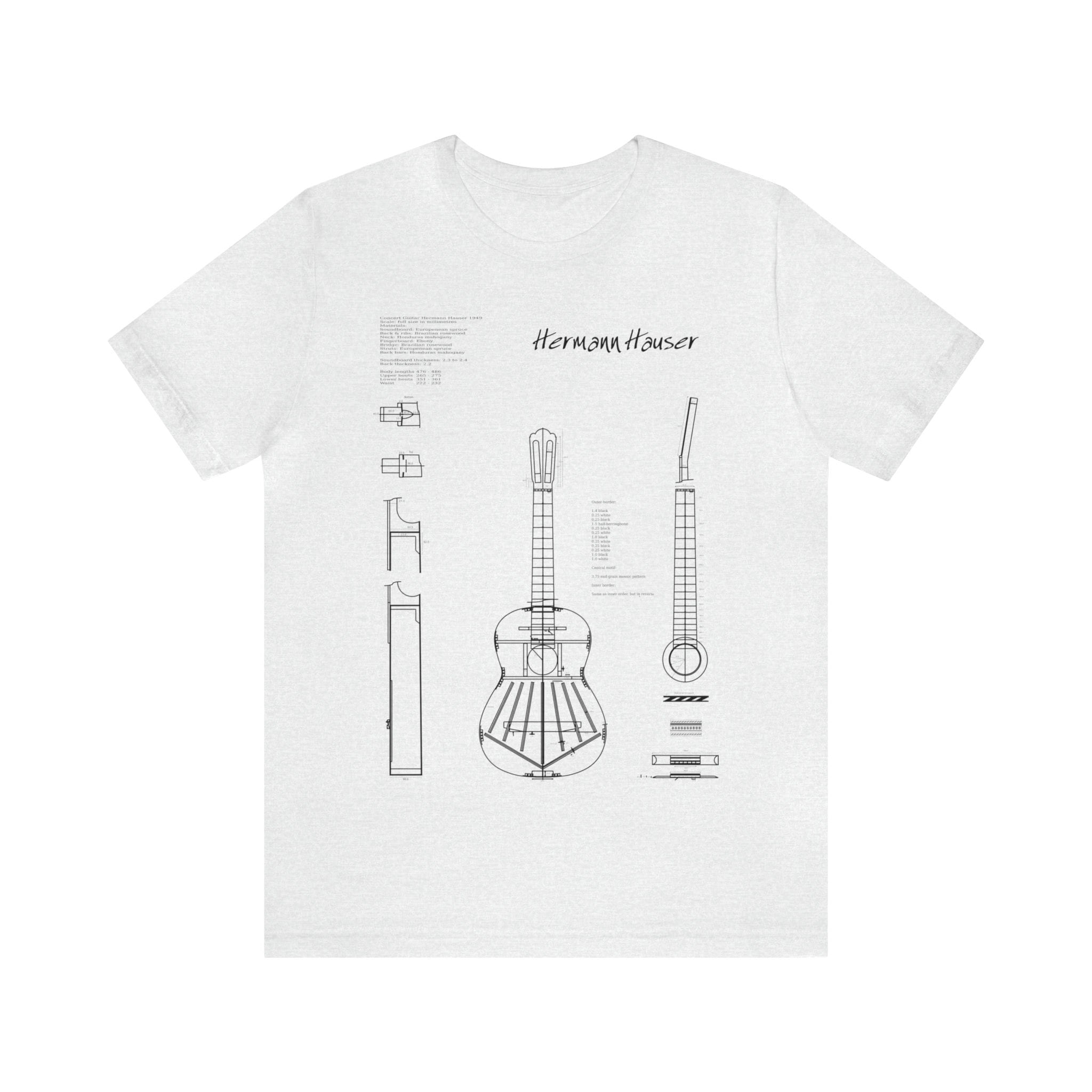Founding Principles of Classical Guitar technique
Physical fixation or relaxation:
“Through the conscious and selective use of fixations (the voluntary and temporary non-mobility that allows for the relaxation of muscles not in use), the work shifts from the finger to the hand, wrist, and arm, avoiding isolated work of the fingers.” Carlevaro finds the main cause of muscle strain here.
Concentration:
True study is “that carried out over short periods with maximum mental concentration.” It should combine “a concrete and conscious idea of one’s attitude towards the instrument (theory) with correct digitomechanical learning (technique).”
Movement execution:
“The repetition of a movement over time creates a muscle memory parallel to that same movement, so that it will eventually come to pass without the direct intervention of intelligence and conscious thought, becoming a movement governed by memory and influencing future actions, a memory that can be positive or negative depending on the proper or improper execution of movements.” It is important to avoid and eliminate excessive automatism, “movement freedom (as well as velocity) then becomes the result of all the principles considered above.”
Mental relaxation:
“Each movement is connected to the previous and next movements in a coherent manner under direct control of thought. Technique is ultimately a series of mental associations. The flexibility of this training of the mind, of this mastery of technique at will, leads to a state of mental relaxation.” Conversely, the guitarist must “inevitably put themselves in a state of psychological tension in order to compensate for the lack of knowledge in properly comprehending and assimilating the work, and therefore mental relaxation cannot exist.”
Classical Guitar
